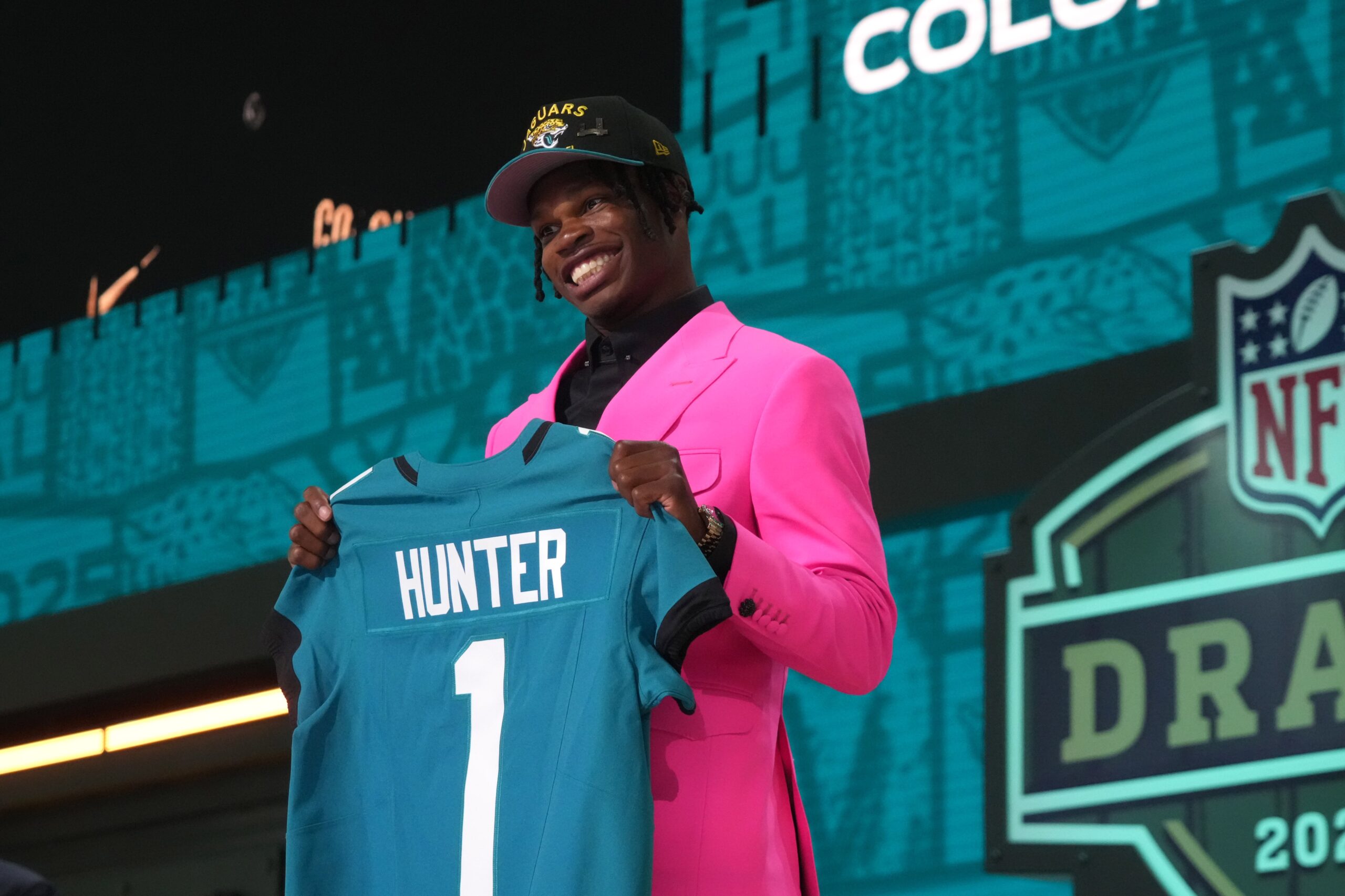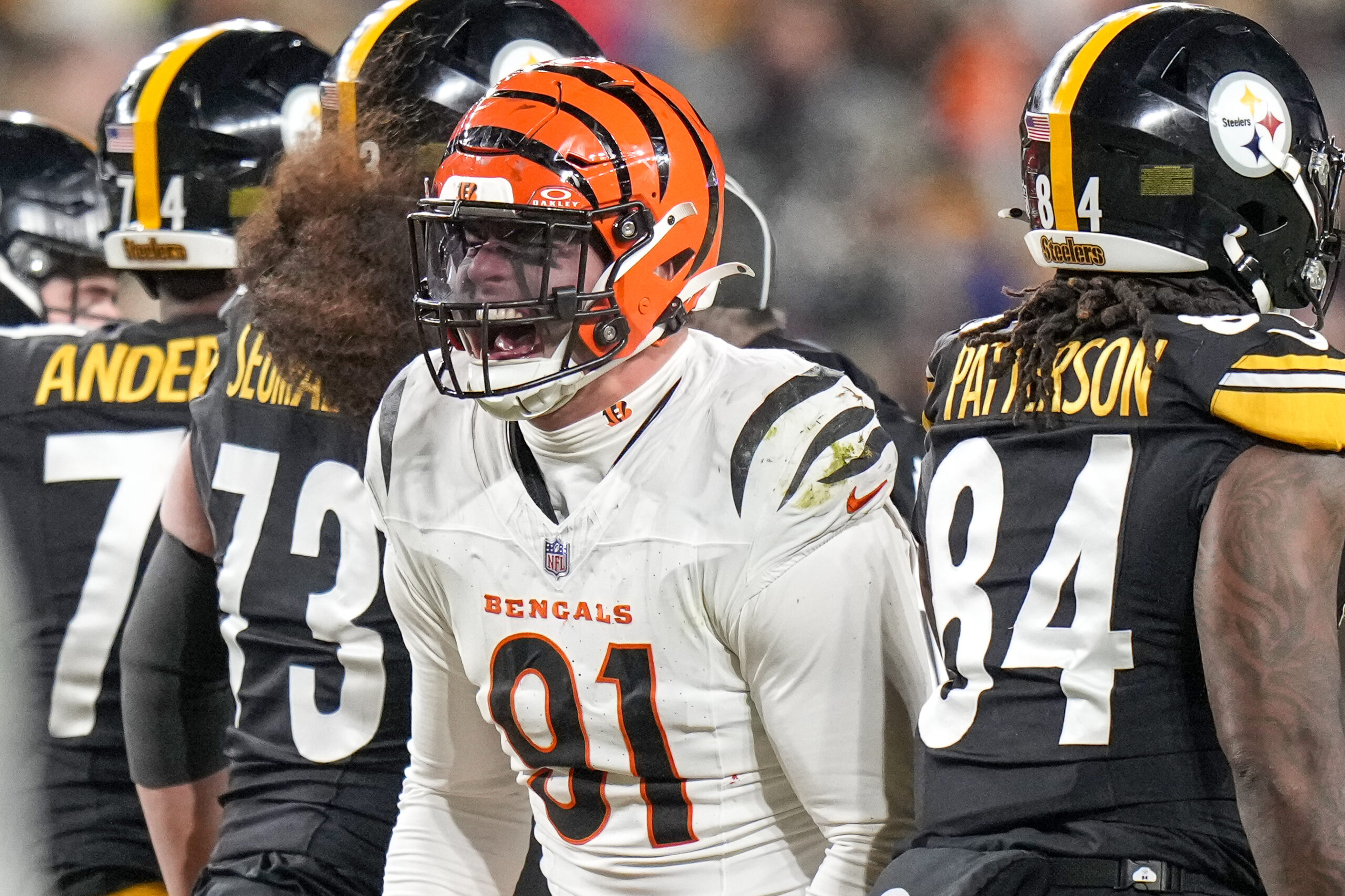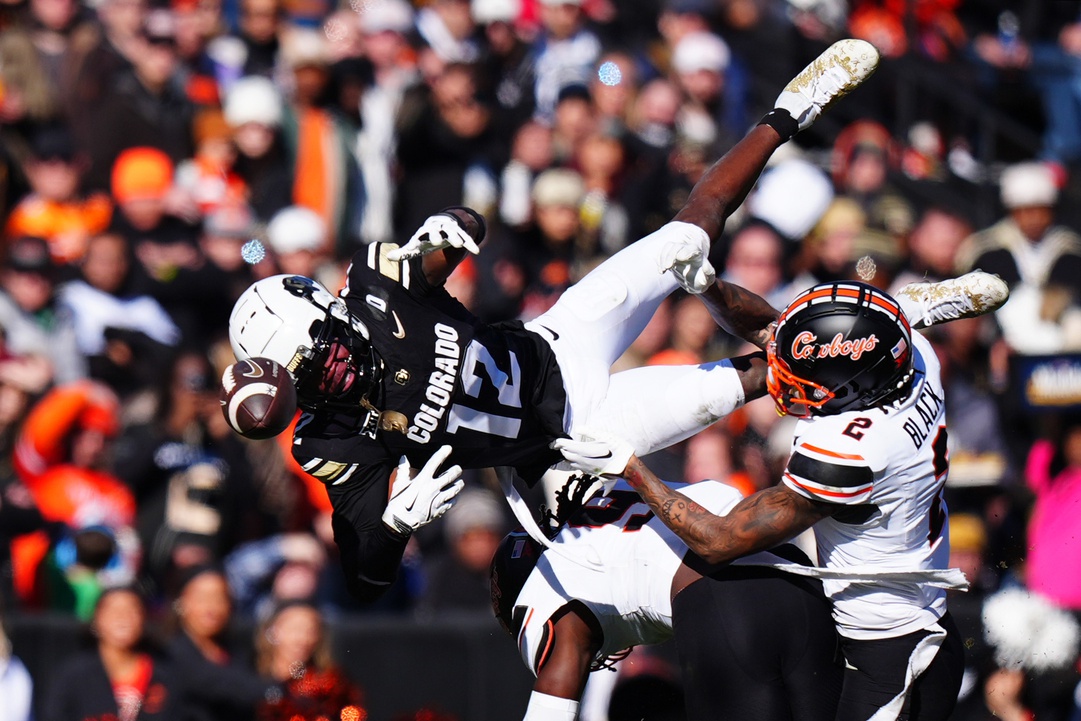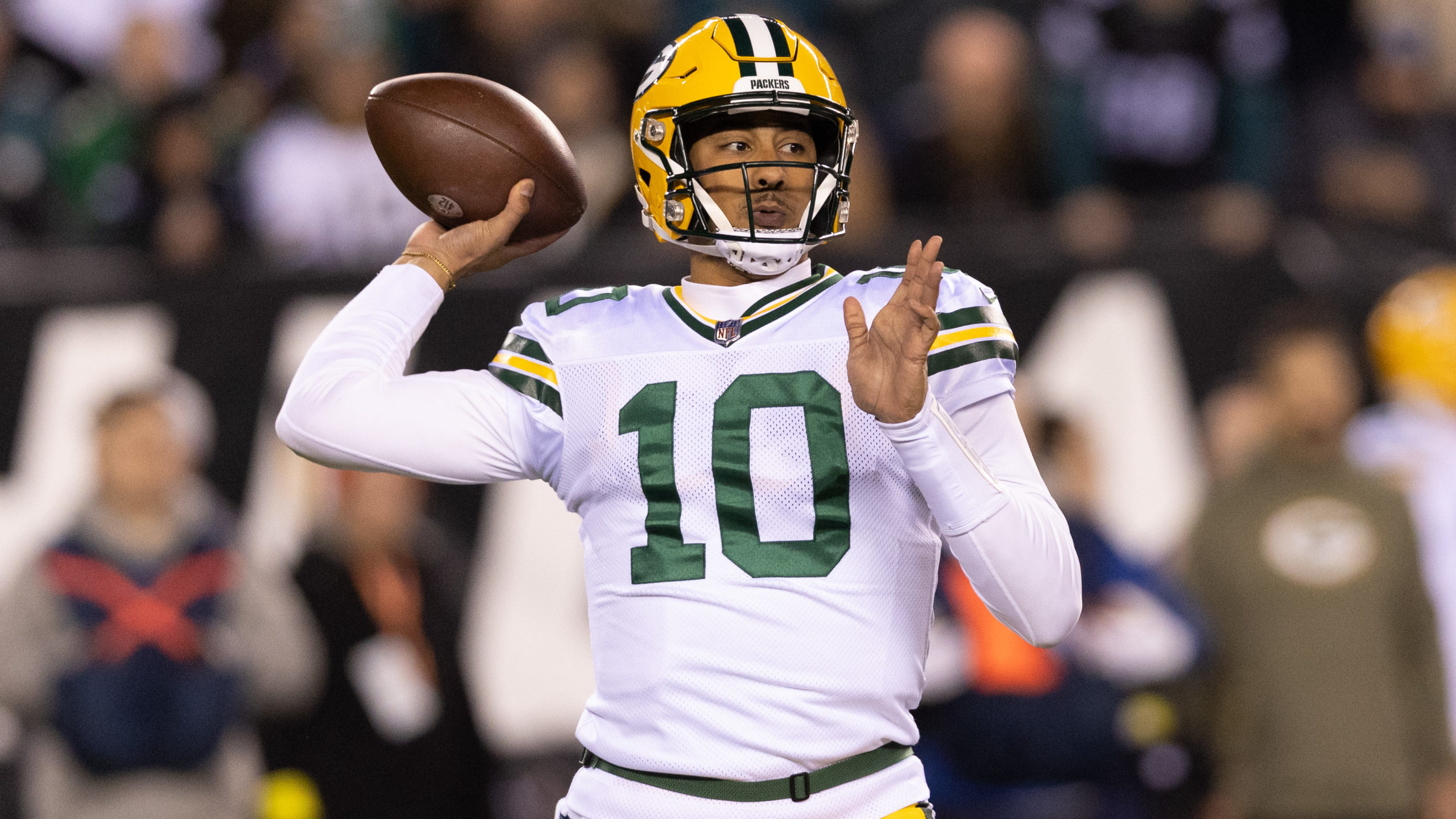NFL Analysis
5/29/24
5 min read
How to Understand NFL Contract Terms: Guaranteed Money, AAV and Cash Flow
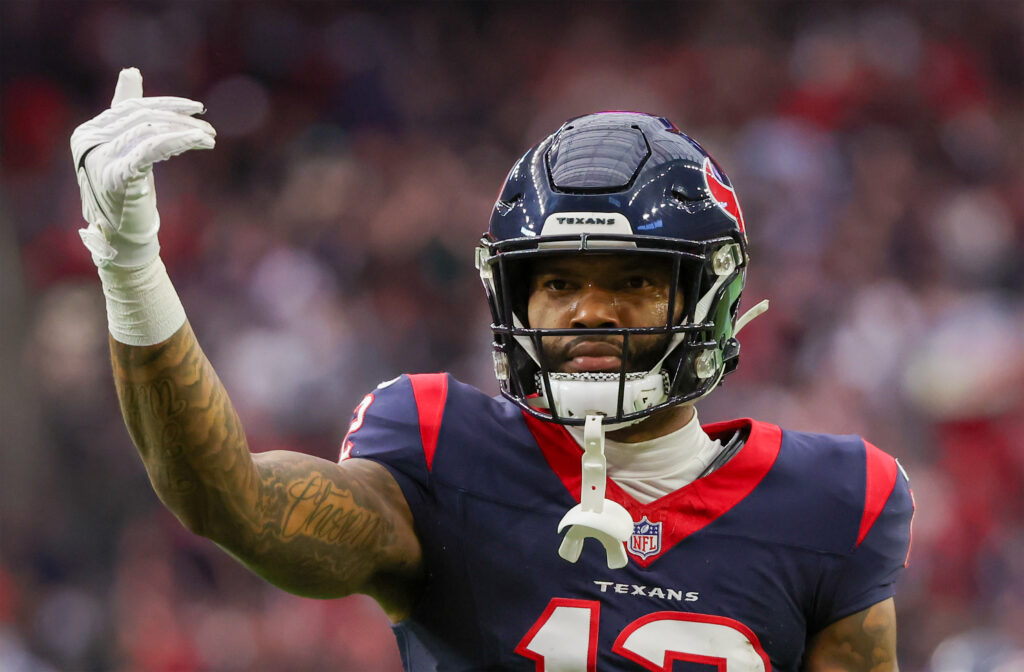
There’s never been more interest in NFL contracts than right now. With sites such as Over The Cap (all contract info in this article comes from there), it’s never been easier to dive into the most minute details of player contracts.
However, that doesn’t mean contracts — and how they’re reported — make for easily understandable or accurate figures.
When a contract is announced (usually via an insider who got the information from an agent), we often get the biggest possible number on the deal. That has settled down a bit this past year, but when a deal is reported as “up to” a certain amount, that “up to” is doing a lot of heavy lifting.
That figure comes from the total potential contract, including incentives that might not be reached. So when we get the real base structure of the deal, the full amount — the “up to” — can be misleading.
Average Annual Value Doesn’t Tell Us Much
Average annual value (AAV) is the most common way to discuss contracts because it’s the easiest to measure. Divide the big contract number by the years, and you have an average. Easy!
But the AAV doesn’t tell us much about a deal, especially considering most non-rookie deals won't reach the end before a release or extension. Yet, this remains the most used barometer for contract value.
The AAV also allows for misrepresentations of how a player affects a team’s cap. Let’s take the Detroit Lions’ recent contract extension for Jared Goff. It was reported as a four-year, $212-million contract, averaging $53 million annually. However, Goff won’t cost more than that average on the cap until 2026.
Because Goff still had a year left on his contract when he signed the extension, the Lions are spreading out his four-year deal across five years on the cap.
Goff will hit the cap for $27.2 million in 2024 and $32.6 million in 2025 before that figure balloons to $69.6 million in 2026. By then, Detroit can figure out how to adjust the deal, likely via a restructure (converting salary into a signing bonus) for the contract's final years.
Goff also won’t be paid out $53 million per year. He’s already been paid his $73 million signing bonus from the extension, a record. Still, signing bonuses can be prorated on the cap for up to five years, spreading out the figure for accounting purposes.
Goff’s $73 million, combined with what was left on his previous deal, will amount to $19.6 million in 2024 and $14.6 million yearly from 2025 through 2028. That number will be against the cap while the cash has already been paid out.
Meanwhile, Goff’s actual 2024 salary is just $2.6 million.
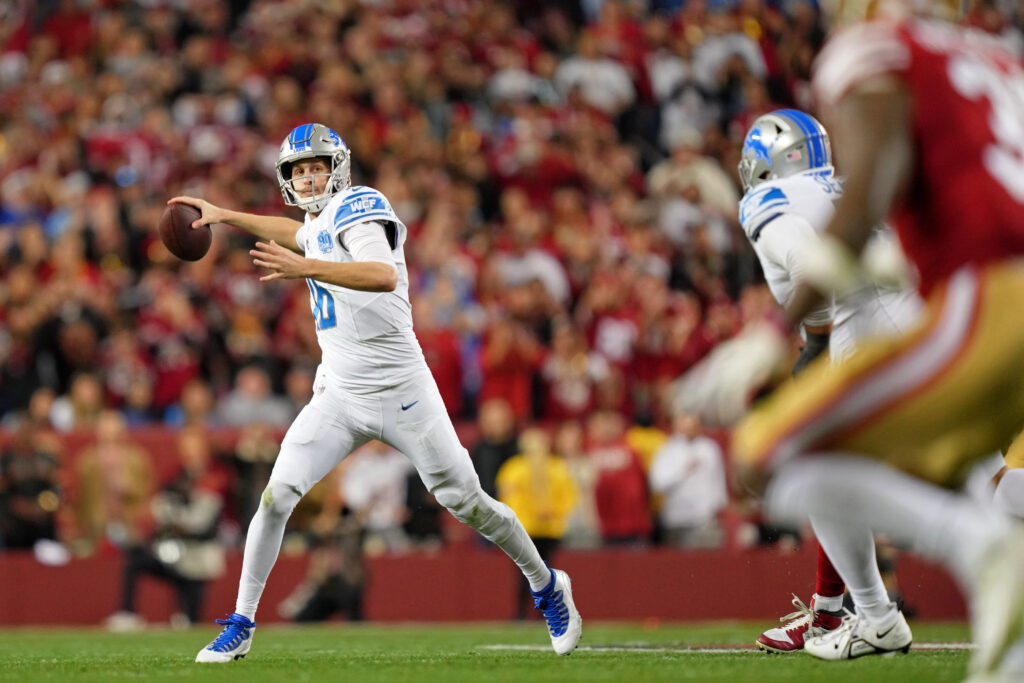
Guarantees Only Tell Us A Bit More
Because NFL contracts are not fully guaranteed, it’s rare that a contract’s guarantee structure equals the average value of the deal, making it even less likely a player will see his full contract. Guarantees can help us better understand how much “real” money is in a deal.
There are total guarantees and guarantees at signing.
Total guarantees give the full amount of guaranteed money should the contract be completed. The difference can be something like a roster bonus that is “guaranteed” in the third year of the deal, but only if the player is still on the roster. Sometimes, that shows up as something like “guaranteed on the fifth day of the league year,” and the player is released before that date.
Money that is fully guaranteed at signing is what it sounds like — it’s what a player is 100 percent guaranteed to come away with once he signs the contract.
Let’s go back to Goff.
He has $170.6 million guaranteed in his new deal and $113.6 million guaranteed at signing. He has the signing bonus and the first two years of his salary fully guaranteed, but just $20 million of his $55 million salary in Year 3 is guaranteed. That’s when the Lions have their first shot at a clean break from the deal.
There is also a $7 million roster bonus and a $1 million workout bonus in the final year ($8 million in guarantees), but there is no fully guaranteed money in that year or the one prior.
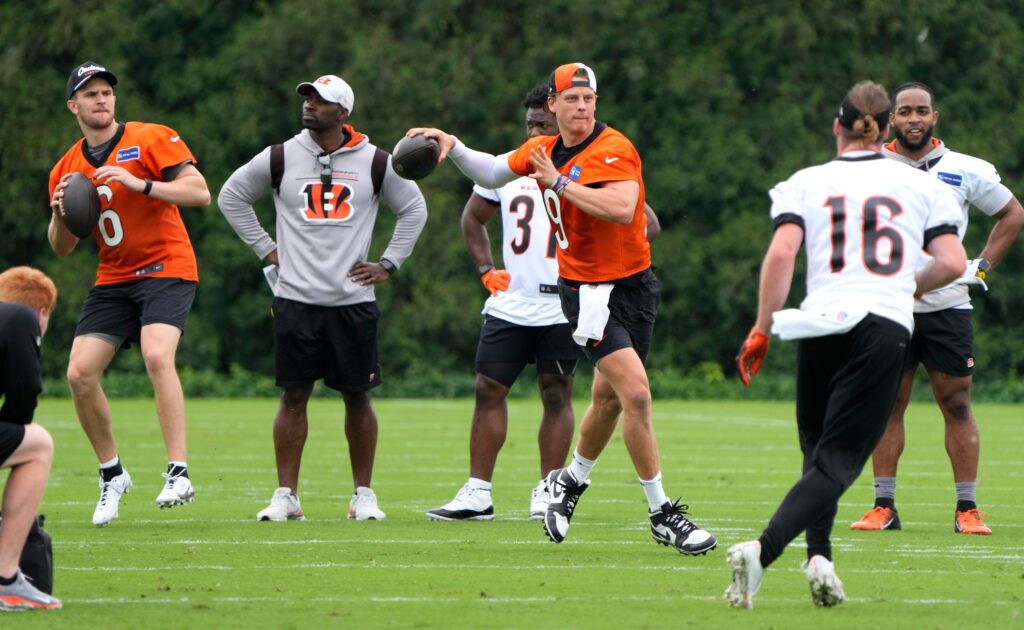
Why Cash Flow Matters Most
The most useful contract metric is knowing how and when a player is actually getting their cash.
The more money paid upfront, the better for the player. If most of the cash flow is at the end of the deal, the contract's total value is likely propped up by big non-guaranteed figures in the final years. Over The Cap has a free page with cash flows for all contracts.
Three-year cash flow is typically the best way to compare contracts because, by that point, most deals are either terminated or extended.
By this measure, Goff’s contract is about as strong as advertised. He’s getting $160 million in new money (including what was already left on his previous contract) during the first three years of the deal, which is second behind Joe Burrow ($183.9 million).
That’s $9 million more in the first three years than Lamar Jackson, who signed a five-year, $260-million deal. Yet by AAV, Goff only has a $1 million advantage. However, Jackson had the advantage in first-year cash, making $80 million.
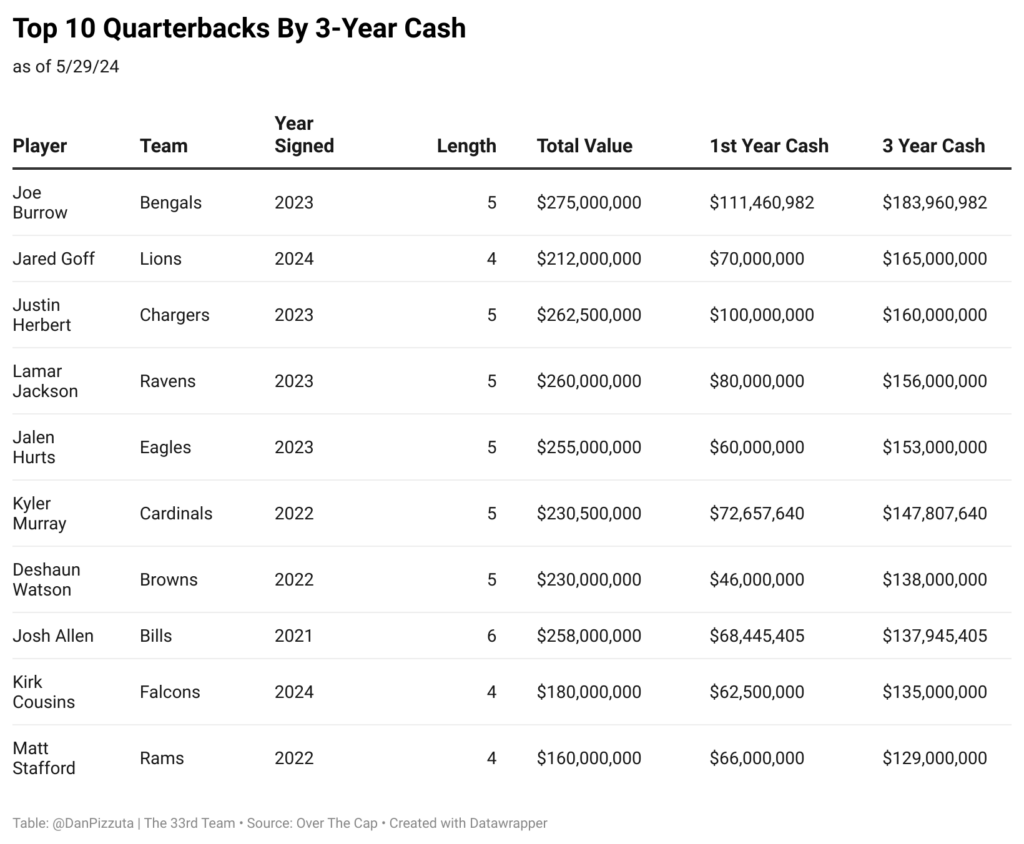
There is plenty more to explore with contracts. However, knowing where to look and what to value — especially as we approach a time when players such as Tua Tagovailoa, Trevor Lawrence and Jordan Love could get new deals and the wide receiver market is potentially exploding — is a great first step in the right direction.


